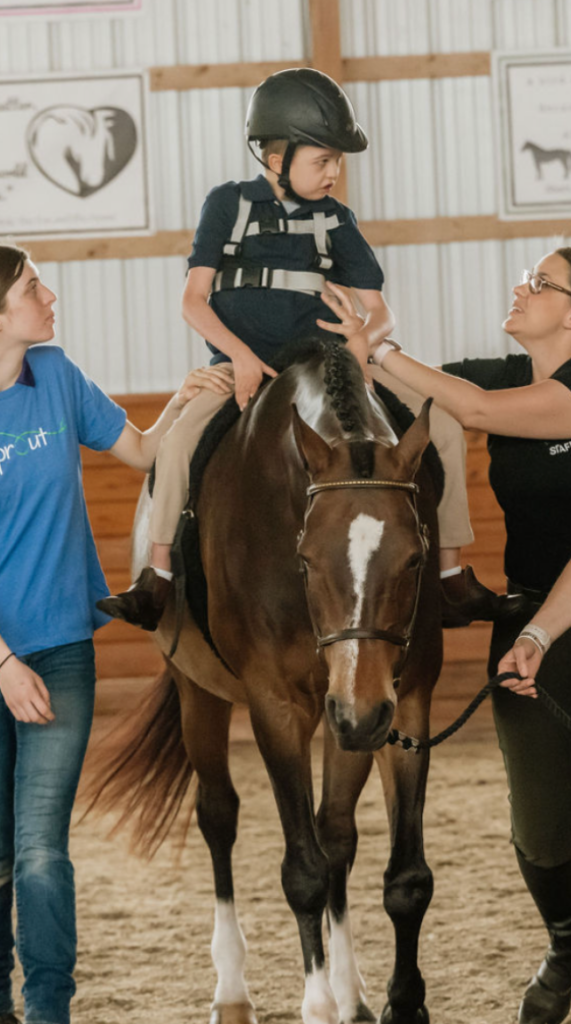
equine Supported therapy

What is Equine Supported Therapy?
Equine Supported Therapy is also known as “Hippotherapy” and is a physical, occupational or speech therapy protocol that is a component of an integrated treatment plan of care prescribed by a licensed therapist to achieve desired therapy goals and improved functional outcomes. Equine Supported Therapy utilizes the movement of the horse as a treatment strategy by a therapist to address functional limitations in patients with disabilities. Because a Licensed Physical, Occupational or Speech Therapist is hands-on at all times, students as young as 2 may participate in this program. The therapist works closely with the horse handler to manipulate various aspects of the horse’s movement, position, management style, equipment and types of activities to generate effective remediation protocols and to promote functional outcomes.
The multidirectional movement of the horse is a catalyst to improve muscle tone, range of motion, timing, behavior, attention, arousal, coordination, balance, postural control, communication, and cognitive/linguistic functions. The movement of the horse facilitates trunk lateral flexion and pelvic rotation similar to normal human walking. This dynamic creates a motor memory learning environment. Research reports that the experience of riding a horse can be thought of as a massed but variable practice of 3000 to 5000 repetitions of a postural challenge per 45 minute of treatment. Carefully modulated, well-cadenced equine movement offers the therapist a highly effective means of addressing impairments through the facilitation of the physiological systems that cannot be achieved by a machine or duplicated in a clinic.
Client Basics
- Must be at least 2 years old.
- Weighs less than 150 lbs.
- Prior to riding, all participants must receive an evaluation to review precautions and contraindications and perform a risk/benefit analysis.
- Provide Sprout with a complete Medical History and a signed Physician’s Statement to approve riding.
- Obtain Therapy Orders from your current Physician.
- Behave in a manner that is safe for self, horses and others.
- Ability to accommodate the movement of the horse without pain.
- Ability to manage behavior for the safety and well-being of horses, staff, volunteers and other riders.

Therapy Vs Adaptive Riding Comparison
Equine Supported Therapy is not a horseback riding lesson. It is physical, occupational or speech therapy, which is approved by a physician and implemented by a team that includes a licensed, credentialed therapist.
Adaptive Riding is skill-based horseback riding lessons taught by a certified therapeutic horseback riding instructor using adaptive tack, supportive instruction strategies, adaptations and accommodations to support accessibility and achievement for riders with disabilities.
There is direct hands-on participation by the therapist at all times. Hippotherapy is implemented by a professional therapist (occupational therapist, physical therapist or speech language pathologist) in conjunction with a horse handler and side walker.
There is occasional hands-on assistance by the riding instructor, but the instructor usually teaches from the center of the arena. The student may receive physical support from trained side walkers and horse leaders.
The horse’s movement is essential to assist in meeting therapy goals. The rider is a passenger and learns to accommodate to the movement of the horse through therapeutic interventions that facilitate off-horse functional development.
The horse responds to the aids of the rider and the rider is taught to communicate through equitation, riding skills and horsemanship.
The goal of Equine Supported Therapy is to improve neurological functioning in cognition, body movement, organization, and attention levels to improve function off the horse.
The goal of Adaptive Riding is to promote independence in riders by developing their equestrian skills and equitation through balanced seat flatwork.

















